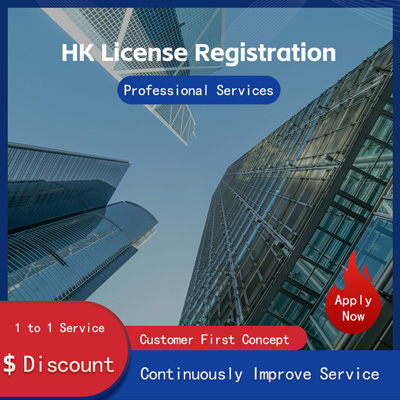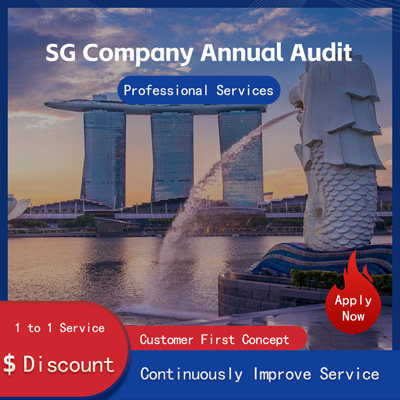
Freight Forwarders and Cargo Owners Must Read Differences Between Short-Shipped, Transshipment, and Drop Container Their Cost Bearers
Omission, rerouting, and cut-out are common terms in international freight transport. For freight forwarders and cargo owners, understanding these concepts and the division of responsibility for related costs is crucial. In today's increasingly frequent international trade, these issues not only affect the efficiency of cargo transportation but also directly impact the operational costs and cooperative trust of enterprises. This article will analyze the specific meanings of these three concepts and combine relevant cases to discuss how all parties can reasonably share costs in actual operations.
Firstly, omission refers to the situation where containers originally scheduled to be loaded onto a ship fail to board due to certain reasons such as port congestion, vessel delays, or document issues. This usually happens when goods have arrived at the dock but were not timely loaded onto the designated vessel. For example, at the end of last year, a large logistics company encountered severe supply chain disruptions at the Port of Los Angeles. Some export electronic products destined for China missed their scheduled flights due to warehouse backlog, resulting in omissions. In such cases, the cargo owner often needs to pay additional demurrage fees, the cost of re-arranging transportation, and may even face risks of delayed order deliveries in the market.

Secondly, rerouting involves changing the original transportation route or destination due to changes in the destination market or other business considerations. For instance, an exporter who finds a decline in demand in the European market and an increase in demand in Southeast Asia may choose to redirect goods originally destined for France to Thailand. Although rerouting helps businesses better adapt to market changes, it also means that there will be additional transshipment costs, warehousing costs, and possible insurance adjustment costs. It is worth noting that before proceeding with rerouting, the cargo owner should communicate clearly with the freight forwarder about all potential cost increases and assess whether they will affect overall profit margins.
Thirdly, cut-out refers to the phenomenon where carriers refuse to accept some reserved bookings to ensure navigation safety when faced with overloading situations. This usually occurs due to the weight of goods exceeding the specified limit or a sudden increase in a large amount of cargo. For example, during the pandemic, due to the surge in demand for medical supplies, many airlines had to adopt cut-out measures to control the total weight of flights. For cargo owners, in such situations, the first step is to confirm liability attribution. If the overloading was caused by errors in information submitted by the freight forwarder, this part of the loss may need to be borne by the freight forwarder; however, if it was due to force majeure factors such as adverse weather conditions, both parties need to jointly negotiate solutions.
So, who should bear the related costs in the aforementioned three scenarios? In principle, the contract terms are the most critical basis. If the contract clearly stipulates which costs belong to unforeseeable risks, these costs should be shared proportionally by both parties. Attention must also be paid to distinguishing between normal operational errors and intentional breaches of contract. For example, if the omission is due to the freight forwarder's failure to timely process documents, then it should be responsible for compensating for the resulting economic losses; whereas if it is due to accidental events such as natural disasters, it can be considered within the scope of exemption.
In conclusion, whether it is omission, rerouting, or cut-out, they all reflect various complex situations that may arise during international freight transport. As freight forwarders and cargo owners, only by deeply understanding the significance behind these concepts and establishing sound communication mechanisms can we effectively reduce operational risks and ensure the smooth arrival of goods at their destinations. In the future, with the changing global trade environment and technological advancements, similar problems will continue to emerge. This requires industry participants to continuously learn new knowledge and optimize management processes to achieve more efficient and stable cross-border logistics services.
Still have questions after reading? More than 98,000 users have contacted us. Please fill in the following information to obtain business information.

Service Scope
MoreRecommended for You
- Overseas Influencer Blacklist Lookup Guide 2 Tools to Help You Avoid Risks
- What Is TK123? The Must-Have Tool for TikTok Sellers
- How to Use Facebook Dynamic Ads Campaigns? A Guide to Creating Dynamic Ads
- Optimizing Sales Strategies for the Back-to-School Season in Overseas Student Markets
- Japan E-commerce Market Analysis and Keyword Research Tool Recommendations
- What Is the Amazon High Return Rate Tag? How to Avoid Being Tagged?
- Amazon Marketing Platform Levanta Analysis
- Amazon Low-Price Store Product Search Guide
- A Comparative Analysis of KOLs and KOCs in Overseas Influencer Marketing
- How Can MercadoLibre Sellers Achieve Explosive Sales Growth?
- Top 10 eBay Data Analysis Tools Recommended
- Common Japanese Search Engines Abbreviated List
- Ozon Russia E-commerce Platform Entry Requirements Analysis
- How to Run Google Shopping Ads for Independent Websites? Detailed Step-by-Step Analysis
- The Future of Amazon Prime Day 2025 Amazon Sale Event Dates
- 2025 LinkedIn Ads Guide Full Process Analysis Optimization Tips
- Etsy Platform Intro, Seller Onboarding Fee Breakdown
- Process for Establishing a Local Mexican Store on Mercado Libre Mexico
- How to Apply EU Rep Label?
- EU GPSR Overview and Its Impact on Exporting Goods to the EU


 ONE
ONE








Customer Reviews
Small *** Table
December 12, 2024The experience was very good. I was still struggling to compare it with other companies. I went to the site a few days ago and wanted to implement it as soon as possible. I didn't expect that everything exceeded my expectations. The company is very large, with several hundred square meters. The employees are also dedicated and responsible. There is also a wall of certificates. I placed an order on the spot. It turned out that I did not make a wrong choice. The company's service attitude is very good and professional. The person who contacted me explained various things in detail in advance. After placing the order, the follow-up was also very timely, and they took the initiative to report the progress to me. In short, I am very satisfied and recommend this company!
Lin *** e
December 18, 2024When I first consulted customer service, they recommended an agent to me. They were very professional and patient and provided excellent service. They answered my questions as they came in. This 2-to-1 service model is very thoughtful. I had a lot of questions that I didn’t understand, and it’s not easy to register a company in Hong Kong. Fortunately, I have you.
t *** 7
December 19, 2024I originally thought that they only did mainland business, but I didn’t expect that they had been doing Hong Kong business and were doing very well. After the on-site interview, I decided to ask them to arrange the registration of my Hong Kong company. They helped me complete it very quickly and provided all the necessary information. The efficiency was awesome. It turns out that professional things should be done by professionals.👍
b *** 5
December 16, 2024In order to register a company in Hong Kong, I compared many platforms and stores and finally chose this store. The merchant said that they have been operating offline for more than 10 years and are indeed an old team of corporate services. The efficiency is first-class, and the customer service is also very professional.